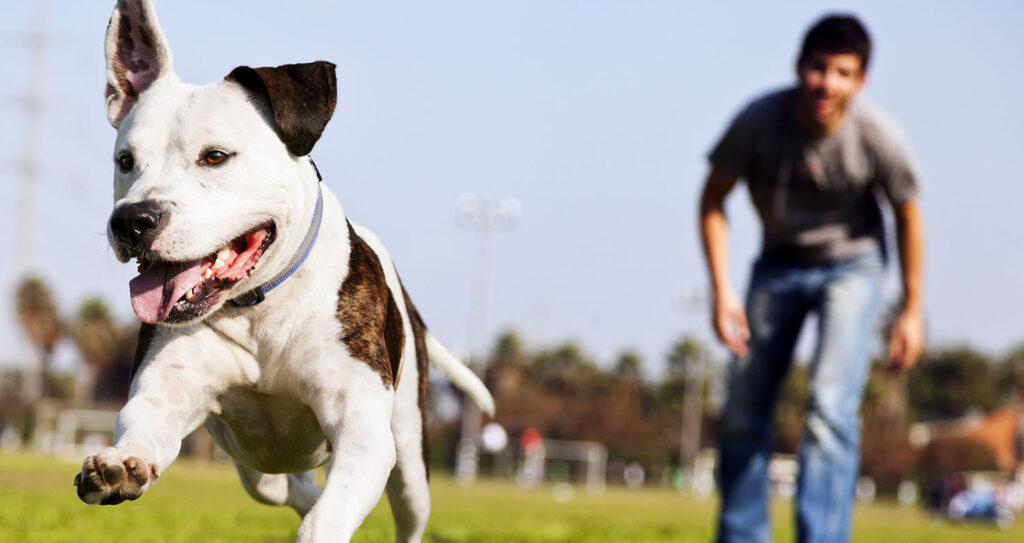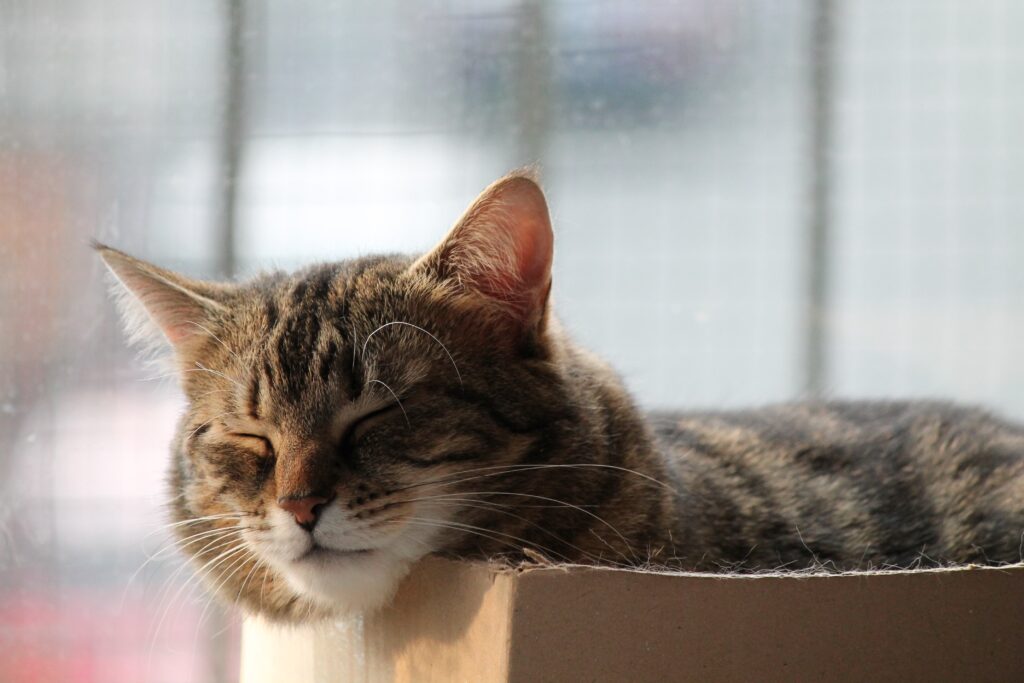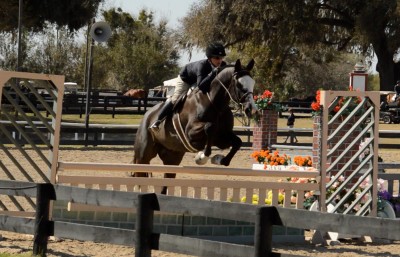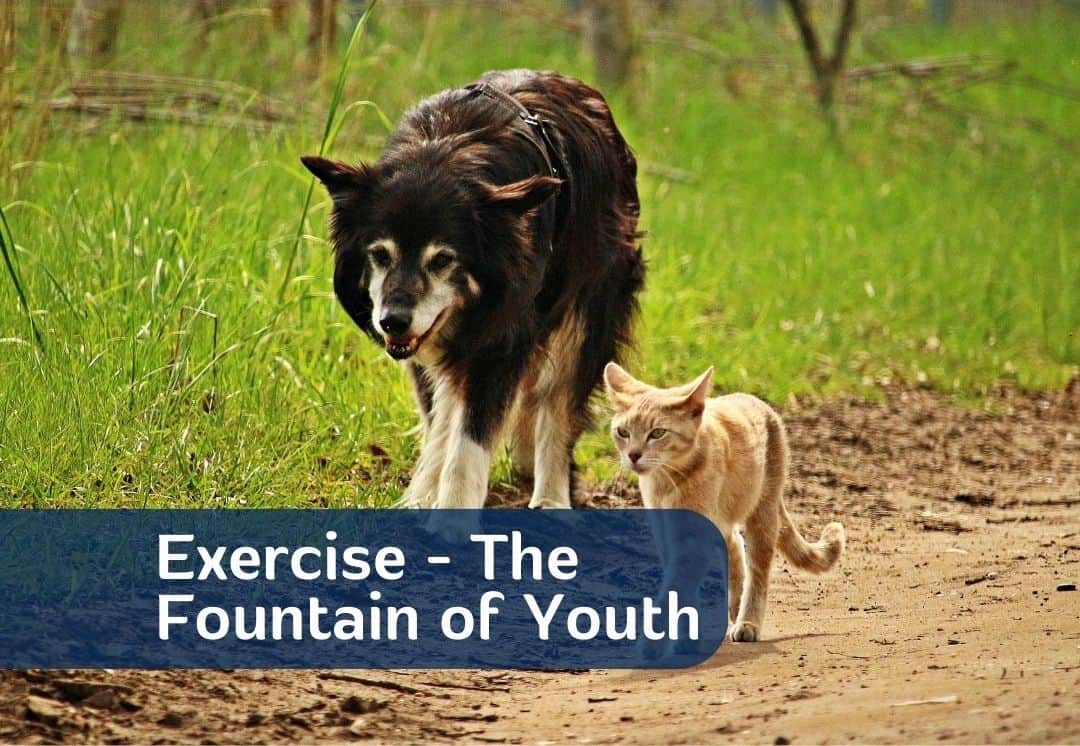” ‘Tis the season of much feasting – Fa-la-la-la-la, la-la-la-la….”. Okay, maybe I didn’t miss my calling as a song writer ;). But I certainly am driven to help you keep your animals as healthy as possible. Thus the subject of “Couch Potato-dom and Exercise” this month.
I’m the first to admit that exercising isn’t all that appealing to me, but after lots of internal whining and arguing I get my behind into gear for a workout 6 days a week. After all, God made the 7th day for resting – wouldn’t you agree? 
Do you need a little convincing?
Here are a couple of facts:
- Animals are built for movement.
- They are born athletes, and it’s up to us to provide them with opportunities to exercise and be physically active.
- Lack of exercise fosters disease.
Let’s start with my story. Growing up my mom brought a very cute little Cairn Terrier by the name of “Windy” into our family. Like clock work, Windy would show up with her leash in her mouth after lunch, filled with anticipation of her daily walk. My mom would roam the neighboring fields and forest for an hour every day – rain or shine, whether it was hot or cold (and cold it could be in Switzerland). After my mom passed away, that job went to me mostly. Just like her, I would get Windy her daily hour outside. Occasionally I had the crazy idea of running up a 1/2 mile long steep hill, dog friend in toe until one day she actually ran far ahead of me! Can you imagine my embarrassment. Here, you had this little dog on short legs sitting atop of the hill waiting for me. Needless to say that I was not in as good a shape as her apparently!
Can you guess what one of the best side effect of all this exercising was? She never once needed her nails trimmed. In fact, until I came to the US and worked as a vet here, I had to perform this task only very rarely at work. People in Europe took their dogs out more and longer it seemed.
Of course this wasn’t the only benefit. Windy lived to be 16. She got to go horse back riding with me, she climbed mountains, chased neighbors’ cats (not very successfully ;), explored surrounding compost piles (we always knew where to find her when she escaped) and chased after us as we were sledding down hill (it was hilarious).
I will never forget the adventures we had even though going for daily walks was not my favorite pastime.
My story isn’t just about walking my dog friend. I was often also in charge of other people’s horses. One in particular – Odeon – he was my daily companion for nearly 2 years until I went away to vet school. Because he was living in a small stall without any turnout for most of the year, I made sure that he had at the very least 2 hours of exercise every day. We’d often work out (dressage) followed by a stroll on the trails. In the summer we would park under fruit trees partaking in the bounty of nature for a while.
We all know the benefits of exercise. We all know that it is essential to our animals’ and our health and well being. Yet we are a society that doesn’t move nearly enough. Sedentary jobs, long working hours and too much on our plates are a reality – or are they just excuses and low on the list of priority?
Please bear with me while I paint a picture of lack of exercise:
– Weight gain
– Arthritis
– Anxiety, aggression, depression
– Colic
And the list goes on and we all know it!
So what kind and how much exercise do our animals need?
Dog:
- Generally speaking, a leashed walk around the block isn’t going to cut it.
- 30 minutes to 2 hours of activity every day depending on breed and age.
Power walks keep their frame strong, their weight in check, and help alleviate arthritis and other degenerative joint diseases. - Exercise consistency is key.
- It’s also important to elevate your pet’s heart rate for 20 minutes during exercise. If your dog is out of shape, you’ll need to start slow and build gradually to 20 minutes per session.
- Toy or small breeds don’t get enough exercise inside the house (contrary to popular belief) and need much more exercise than they usually get.
- During such periods of extremely hot or cold weather, it is nice to have a treadmill for exercise. You can also teach tricks to engage your dog’s mind, or run up and down the stairs together or take your dog swimming.
- Exploring a new hiking trail is exciting to a dog
- A tired dog is a good dog
So let’s talk about what we can do that’s FUN and creates HAPPINESS and HEALTH:
- Set aside a special time
- Write down a few fun activities that you and your animal enjoy
- Invite a friend or get an exercise buddy
- Day care, play dates and dog walkers are good options
Doesn’t this look fun:

If you want to go all out ;)… Make it fun for you and your friends.
Cats:
They too need plenty of exercise especially if they’re indoor cats. But cats will be cats… as you know you’re job is to do what THEY want. But there are fun things to engage them in as well. You’ll just have to try out and see what they like.
- Since you should only feed them 2x/day and not let them graze all day, you can use meal times to take them on a walk around the house as they follow you and their food. Give little bits along the way to keep their attention. This can easily be drawn out to 20 minutes of exercise.
- Train them to walk on a leash and take them outside for walks just like a dog (it will take a little patience to get them to do what YOU want)
- Cats can do agility too: http://monkeysee.com/cat-agility-training/
- Boxes are always a hit
- Be creative

Horses:
Wild horses move an average of 8-14 miles every day. Of course when they’re stuck in a stall that’s impossible to achieve. When we remove a horse’s natural ability for movement, they can adopt all kinds of vices and feel quite stiff from the lack of normal motion (among many other issues that can develop from confinement).
But here are some solutions, starting small to going all out (which – hint hint – is what they really need):
- Stall with daily turn-out
- Stall with adjoining paddock
- Outdoor/pasture boarding: often pastures are very boring. Make them interesting by adding bushes, trees anything that will entice them to move. Place water and hay in opposite directions for example.
- Paddock paradise
- 100’s of acres to roam
- The less turn out they have the more opportunities for movement you’ll need to provide, such as riding them, taking them on trails, hand walking, treadmill, and swimming
- Adding companions promotes a lot of movement
- Or hire a dachshund

Enough about exercising! Just writing this makes me feel like I received a good work out
PS: I would like to hear about your favorite workouts and exercises with your animals. Photos are always welcome as well






